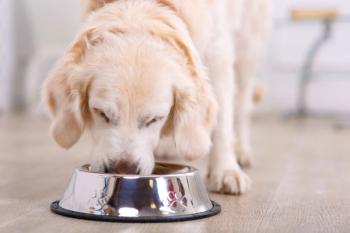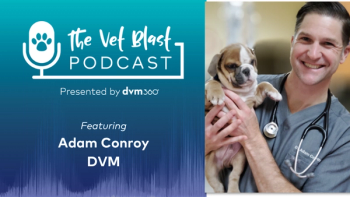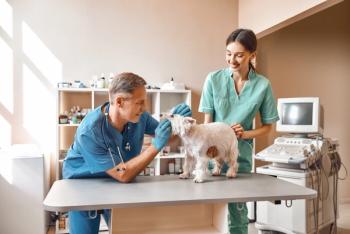
Don't be exposed
Good equipment and procedures are necessary, but they don't eliminate the need for proper workspace design and facility preparation.
Countless veterinarians and team members have become sick or injured from exposure to the same cytotoxic drugs that give the pets they're treating a second chance at life. You can't do anything about the inherent toxicity of these drugs, but you can monitor and lessen everyone's exposure. First, think about all the different ways you come into contact with cytotoxic drugs:
- Inhaling dust or droplets during drug preparation
- Absorbing the drug through the skin while administering the medication, handling a pet who has received the medication, or dealing with an accidental spill in the back room
- Ingesting the cytotoxic substance through contact with contaminated food or cigarettes.
If you're not using cytotoxic drugs yet, they could be in your future. You never know when oncology work will arrive at your clinic for the first time. Build a good workspace for these drugs and make sure team members are safe when it does.
Phil Seibert
Where to work
When deciding on a method to control or eliminate any safety hazard, OSHA expects a business to first rely on so-called "engineering controls" before using procedural policies or personal protective equipment. Certainly good procedures and equipment are necessary, but they don't eliminate the need for proper workspace design and facility preparation. Here's how to outfit your practice's cytotoxic hot zone:
- Store and prepare all cytotoxic drugs in a single area to minimize the risk of contamination throughout the facility. This means you need a single-purpose room for chemotherapy procedures. In the case of specialty practices with oncology services, this room should be large enough to prepare and administer the drugs as well as segregate patients from the common areas during a hospital stay. The busy treatment room is the worst place for these cytotoxic procedures.
- Purchase a biological safety cabinet for diluting, drawing up, and mixing all dangerous drugs. OSHA requires this.
- Post warning signs identifying the area as a cytotoxic drug preparation area on the door. Restrict entry to authorized persons.
- Post spill cleanup procedures in the area and place a spill response kit in the room (see Look Online).
- Place a yellow sharps container near the biological safety cabinet and another in the drug-administration area. A suitable waste collection container and a segregated laundry container must also be available.
- Install an appropriate eyewash device in the room.
- Wash areas at the end of each procedure or while cleaning cages according to appropriate spill cleanup precautions (see Look Online). Additionally, at the end of each day, spray the entire area down with 70 percent alcohol. Don't skip this important step.
- Forbid smoking, eating, drinking, and applying cosmetics in the preparation area.
Don't be afraid of using cytotoxic drugs—just be safe.
Newsletter
From exam room tips to practice management insights, get trusted veterinary news delivered straight to your inbox—subscribe to dvm360.




